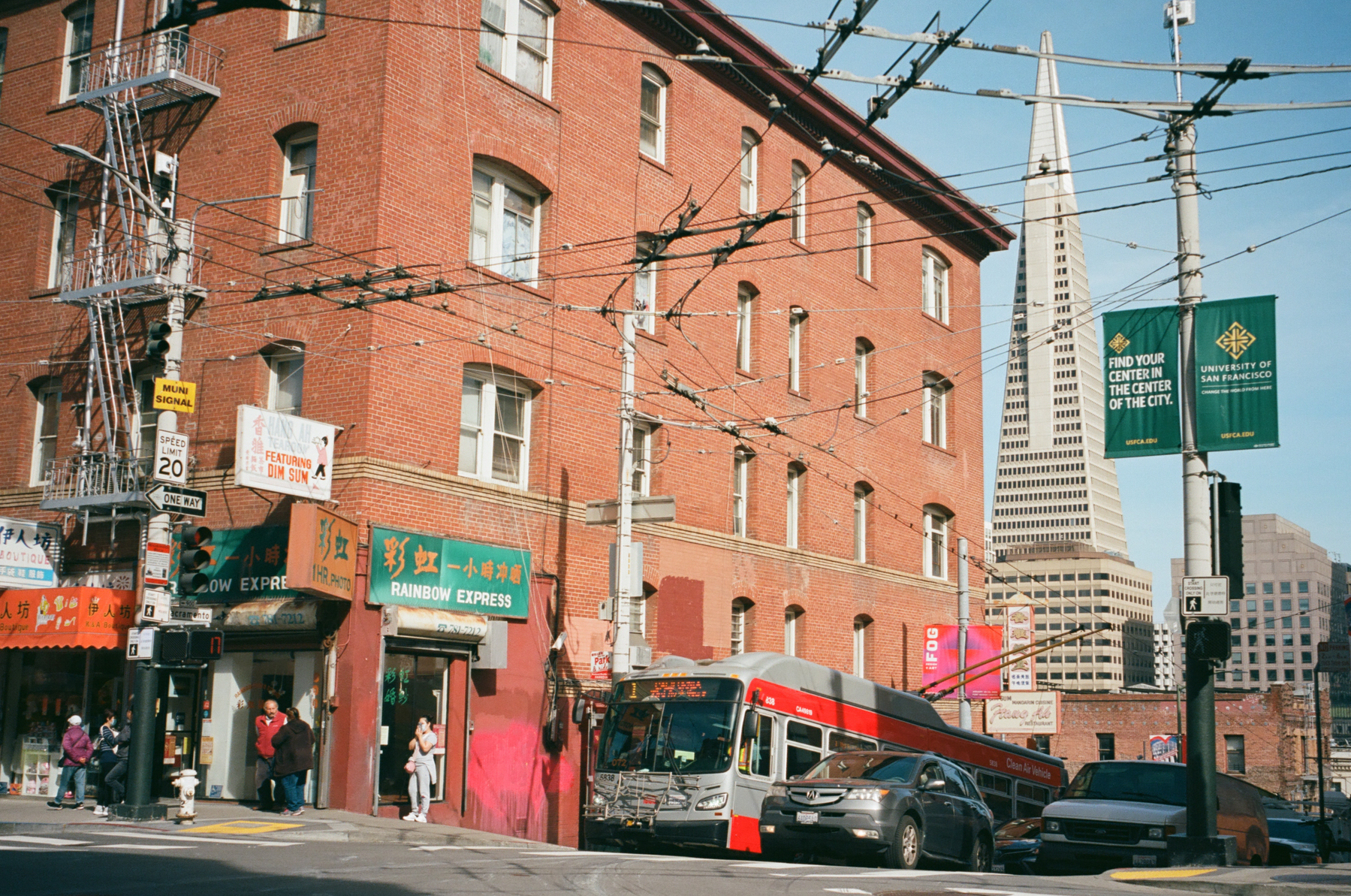
San Francisco’s Chinatown is one of the oldest ones in the United States. Chinese people, mostly from the “Sze Yap” region of Toishan and surrounding areas, came to northern California almost two centuries ago. They were boxed in in certain areas, within cities and regions, both in the city and outside it.
Great acts of discrimination and violence happened to them. In nearby Antioch, Chinese residents were prohibited from walking on the streets after sundown. This led to the development of secret tunnels that brought them to and from work. I recently learned about the town of Locke, just outside Sacramento, formerly known as the last rural Chinese town. People fled there to flee the racial violence in Sacramento and San Francisco.
As a much more privileged ethnic Chinese immigrant to this country who came with far more money, a better passport, I have it a lot easier, of course.
But that doesn’t mean I don’t feel the occasional challenges of living here at a time of increased anti-Asian hate. I’ve had far less of a problem living in California than in parts of Europe, Australia, but there are some among of us who never miss a moment to let others know that they are not welcome.
In the shadow of the Transamerica Pyramid, Chinatown stands with its lower rise buildings from an earlier time. The Financial District to one side, the Italian community of North Beach to another. Borders real and imagined are continually defined here. Some decades ago, a minority within a minority resided on the edges of Chinatown and the Financial District, not far from here.
Manilatown was in Chinatown, San Francisco, until one day it was no more. It was the site of a fierce battle between those who wanted to build high rise buildings, and those who wanted to keep a home for the ‘Manong Generation’, the Filipino men who came here, were discriminated in many ways (they were not allowed to bring their families), who then aged out. It was said that they were not welcome outside the borders of Manilatown, for a long time. So this was literally a refuge and a home away from home for them.
I’m reminded that borders are defined not only in maps, but also in minds. Walking away from Chinatown and into the Financial District, when I see signs for ‘French Laundry’, I’m also reminded of how, not too long ago, that was thinly veiled code for ‘no Asians’, but now it’s just one of the most famous restaurants in the world. California is weird like that. Everyone tells you you are welcome, until you’re not, but until then you’re free to build your community, until you’re not. For what it’s worth, it’s now home.